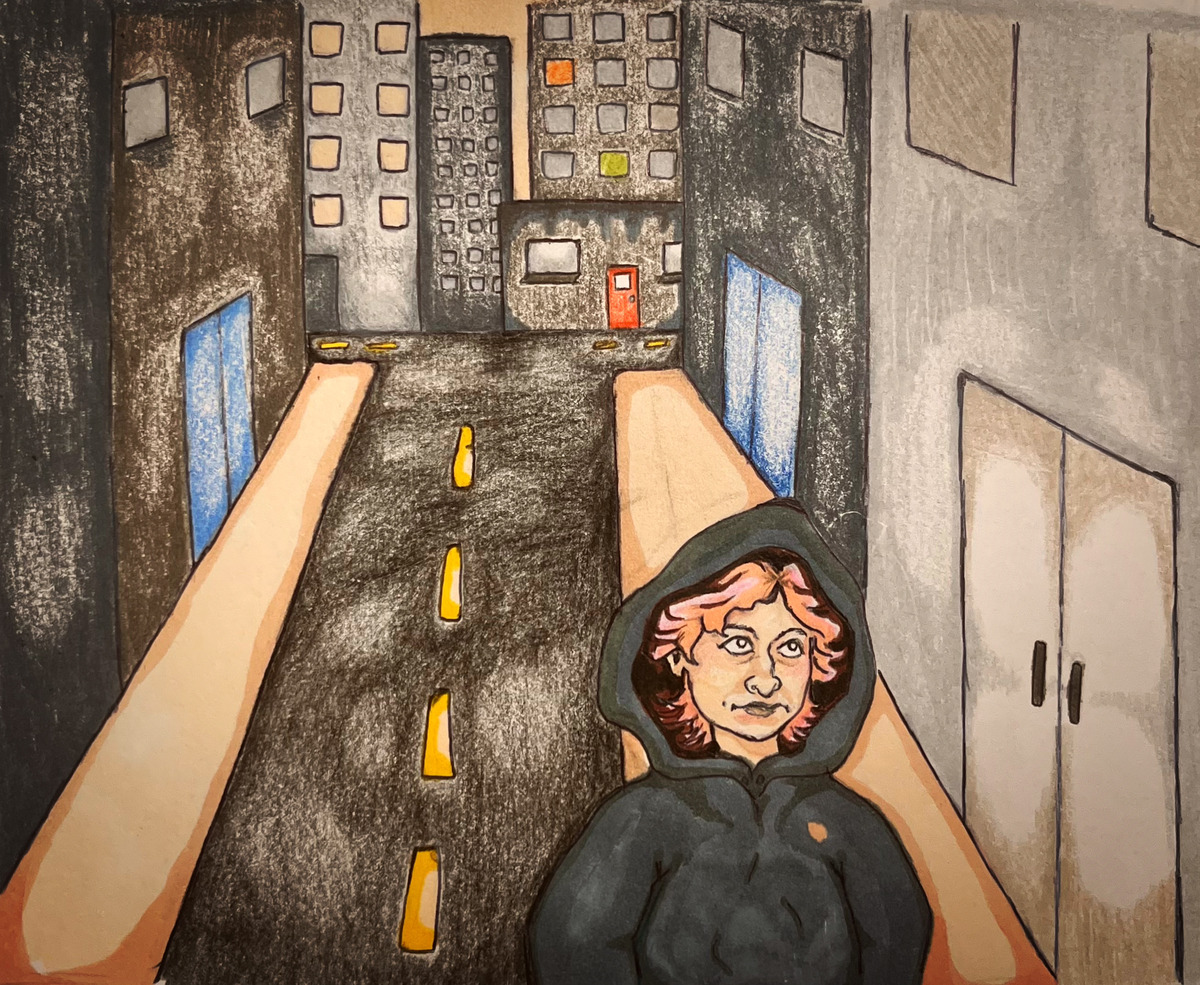Finding housing might be the most stressful part of living and learning at UT. Options are scarce and largely unaffordable. As a result, most spaces are claimed far in advance — but for transfer students, that isn’t an option.
Despite residence hall applications opening in August, students transferring to UT don’t receive admission decisions until the following June. As dorms are prioritized for freshmen and offered on a first-come, first-serve basis, transfer students are left with little hope of securing on-campus living.
Alternatively, they can apply to the Transfer Living Learning Community, which is reserved for transfer students alone. However, space is extremely limited. According to Justin Jaskowiak, Director of Housing and Guest Services, out of the transfer students UT admitted, last year’s cohort to the TLC included just 46 students.
“It’s something, but it barely touches on the problem,” journalism junior Roo Moody said.
When Moody was admitted to UT the summer before her sophomore year, she found herself scrambling to find a place to live.
“My dad and I went down to West Campus, and we went door-to-door to every apartment complex,” Moody said. “We hit twenty-something, and none of them had room.”
This struggle is not surprising to any student familiar with the off-campus battlefield that is West Campus, where new housing developments typically range between $1,100 and $2,000 per person. This reality leaves transfer students, who should be celebrating their new place in the Longhorn community, discouraged and desperate.
“A lot of people end up sleeping in their cars or crashing on people’s couches,” said Moody.
She even met a transfer student who commuted from San Antonio, upwards of an 80-mile drive, to save money by living at home. The TLC offers transfer students an alternative to these difficult situations, but for it to be an effective solution, it must be expanded to help more of UT’s struggling transfer students.
Incoming biology sophomore Varshitha Lalam will be living in the TLC this fall. Transfer students are more likely to lack a sense of community and connection on campus, but the TLC offers that extra support.
“It was really appealing for me because I don’t have any friends at UT Austin,” Lalam said. “And I thought it’d be much easier for me to acclimate to campus.”
Expanding this program could amplify the success of transfer students and offer an overall positive transition to Longhorn life.
“(In the TLC) you have a learning objective in common with folks that are going to live nearby, and there’s educational events, there’s programs, there’s activities and support staff. All designed to help you be more successful within that community,” Jaskowiak said.
Jaskowiak explained that expanding the program would require communication with campus partners who manage the community, but that the discussion is feasible.
“My hope would be that everyone who wants to live on campus could,” Jaskowiak said.
He added that UT’s addition of graduate student housing in East campus shows that the University is “paying attention to that demand.”
For now, Jaskowiak suggests that students look into University Apartments, which don’t prioritize first-year college students over transfers. Still, the reality is that many transfer students will struggle to find housing, putting them in an uncomfortable situation during what should be an exciting transition.
The TLC is a step in the right direction, but transfer students deserve more. These students have worked just as hard as traditional freshmen to achieve the dream of enjoying these Forty Acres, so they should be given the same opportunities to thrive at UT.
Jackson is a Plan II Honors and journalism sophomore from Boerne, Texas.














